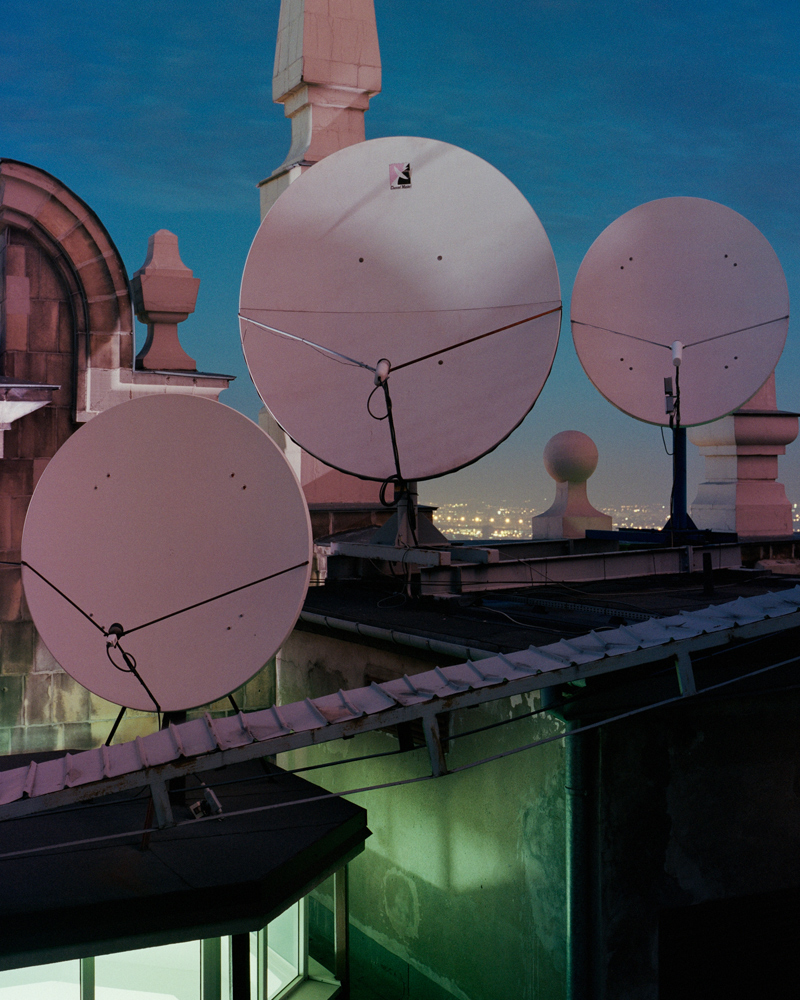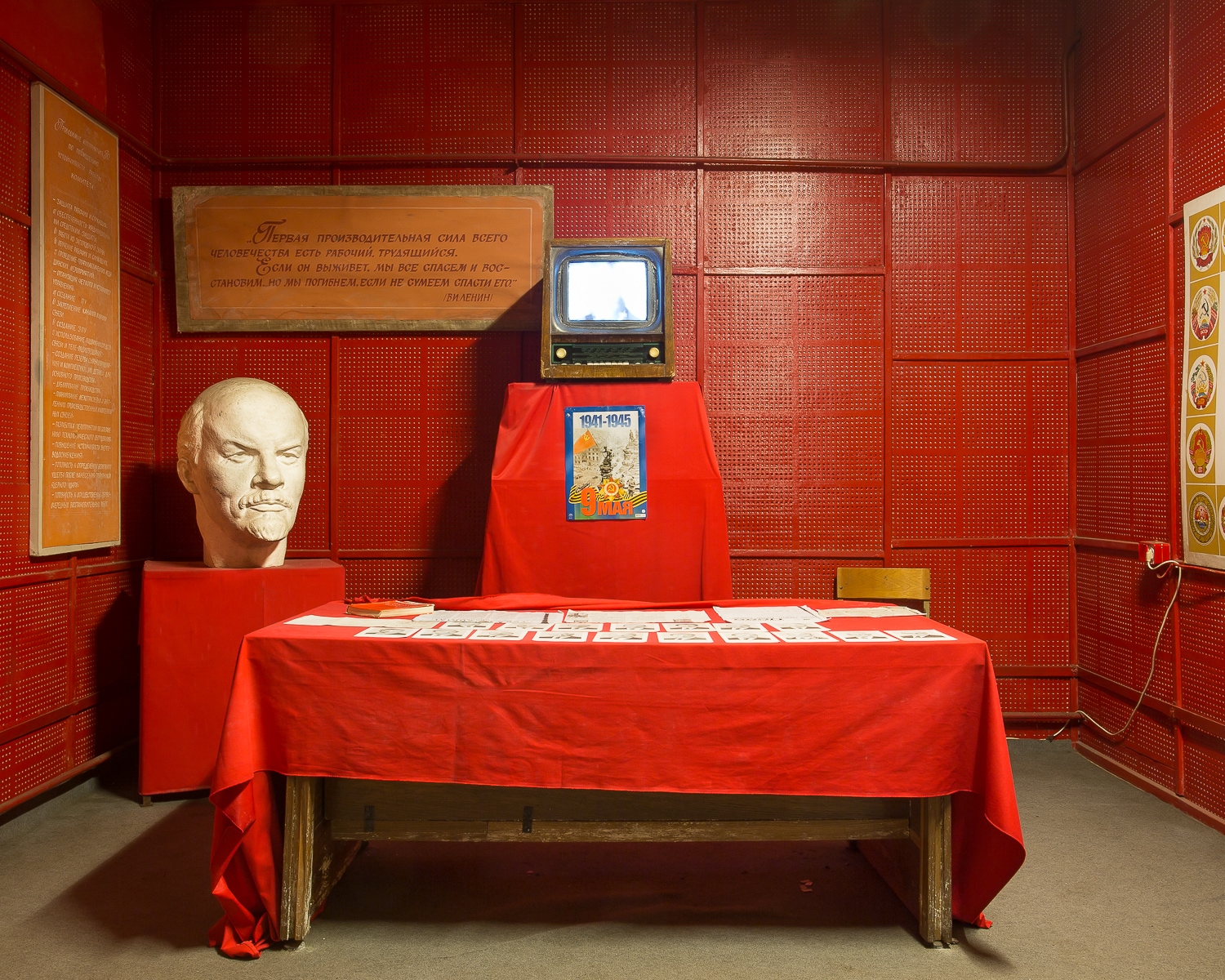
Workshops Next Door to the Theater: The Backstage of the Palace of Culture and Science in Warsaw

Freelance photographer based in Warsaw, Poland. He graduated with a Masters degree at the University of Utah, USA. After graduation in 2009, Jacek returned to Poland and got involved with photography. He works with the Anzenberger Agency.
The Palace of Culture and Science is one of the most recognizable buildings in Poland. Every Pole knows about it, many have visited it. Nevertheless, not that many people know what is inside. A majority has access to parts of it, like museums, theaters, schools or cinema. I always wanted to know what else there is. I searched for images of the places that are not accessible and I did not find much. I wanted to see more, so I began the journey to get access to the inside.




The Palace was erected in the years 1952-55 on the bombed 19th century quarters in the city center. The bulk of construction costs were covered by the Soviet government. Lev Rudnev, the Palace’s chief designer, modelled the project on the Stalinist ‘Seven Sisters’ skyscrapers in Moscow, themselves inspired by American architecture. After the collapse of the Soviet Union, the demolition of the Palace was repeatedly debated, although never seriously considered. In 2007, the building was finally listed.
Now the Palace is less and less a symbol of Stalinist domination, and more and more an icon of the city. There are many legends about the building. The most famous is about the tunnel from the Palace to the building of Central Committee of the Polish United Workers’ Party. Everyone knows this story.


According to the then obligatory Stalinist doctrine of socialist realism, the building had to be “socialist in content, national in form”. In order to support the vague notion of the ‘national’, details were borrowed from historical monuments in various Polish towns. Controversial enough in the impoverished, war-weary country, the Palace interiors were fitted with elaborate glass and ceramic lamps, wood paneling and custom designed furniture by top Polish craftsmen.
Parts of the building accessible to the general public often remain in stark contrast with the ‘backstage’. The palace has a network of maintenance workshops, which are used to redecorate and repair anything. Many of the specialists have been working in the Palace for over 30 years.
I have been inside the Palace of Culture since June of 2013. I finished photographing for the book in 2015, but I keep on coming to keep the continuity of the constant changing of the place. Too many places disappeared in these last four years. I try to revisit the Palace once in awhile to keep in touch with the people whom I became friends. I kind of want to keep track of the changes. I feel it is important, maybe not so much from a historical point of view, but for me.








New and best








